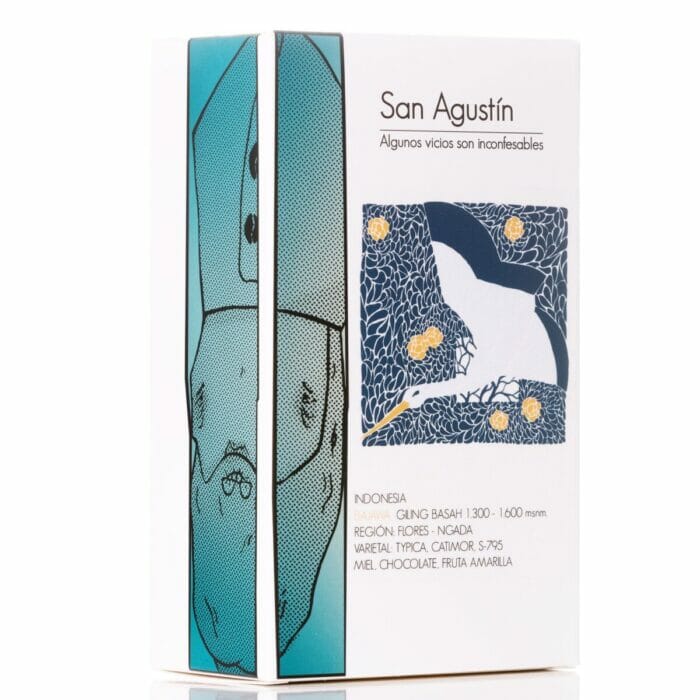Description
Bajawa
Flores coffee is famous in the Bajawa (Ngada) and Manggarai regions, and its strong, full-bodied flavor brightens Indonesian specialty coffee. Flores Coffee is a rare specialty Arabica coffee produced by small farmers in the fertile volcanic highlands of the island. Located in the heart of the colorful Flores Island.
Previously produced by the Bhajawa ethnic group, it was known as Dry Processed (DP) Flowers Arabica Coffee in the market. The coffee was sold alongside Arabica coffee produced by neighboring ethnic groups in the Manggarai district. Recently, the Bhajawa and Manggarai people have shown a strong desire to improve their Arabica coffee quality by applying wet processing and delivering it to the market, using the geographical and ethnic name of BLUE FLOWER COFFEE. In this regard, the farmer groups are supported by the local government, the Indonesian Cocoa and Coffee Research Institute (ICCRI), and the private sector, PT. Indokom Citra Persada, for marketing.
Flores Island is one of the large islands in East Nusa Tenggara, in the Lesser Sunda Archipelago, located approximately 8–9°S and 123°E. It was discovered by Portuguese explorers when they landed on a small peninsula in the eastern part and named "Coba da Flores."
Bhajawa Arabica coffee producers are excited to work together in various groups to improve quality. The farmer groups have seamlessly adopted new technologies guided by ICCRI.
There is a program to improve the quality of Arabica coffee by changing from dry processing (DP) to wet processing (WP), and it was started in only two farmer groups in 2005. The farmer groups were Fa Masa and Suka Maju.
Giling Basah Process:
The processing unit removes the outer skin of the red cherries using a pulping machine. The coffee beans are then pulped and, along with their mucilage, placed in a fermentation tank or plastic bag for 24-36 hours. The process is then followed by washing and sun-drying. Sun-drying is conducted on patios, tarps, or bamboo mats. For the wet hulling process, after washing, the parchment beans are cleaned and sun-dried to a moisture content of 35%. Hulling continues, sun-drying to 12.5% MC.
For the dry hulling process, after washing, the beans with the clean parchment will be sun-dried to a moisture content of 12.5%.

